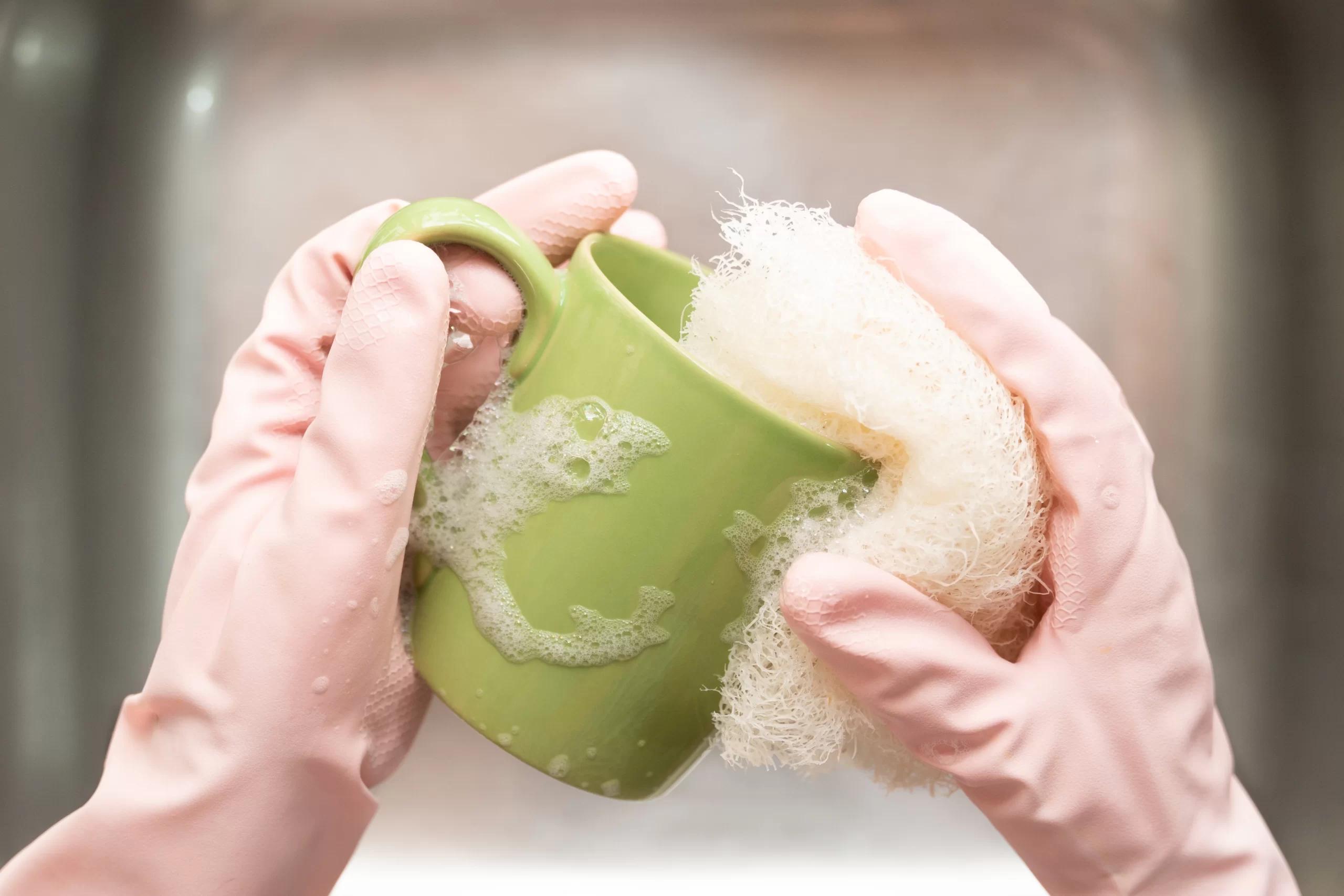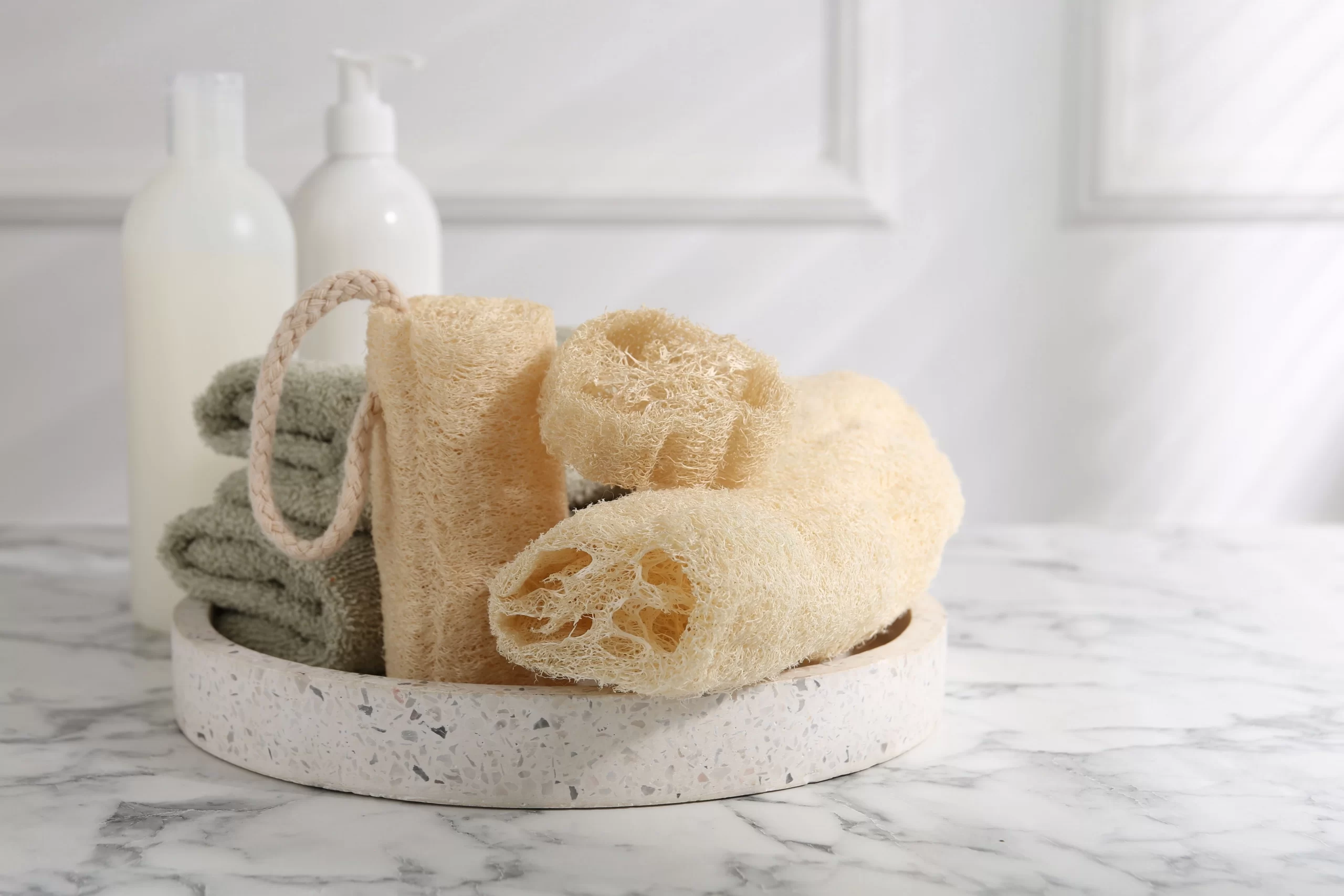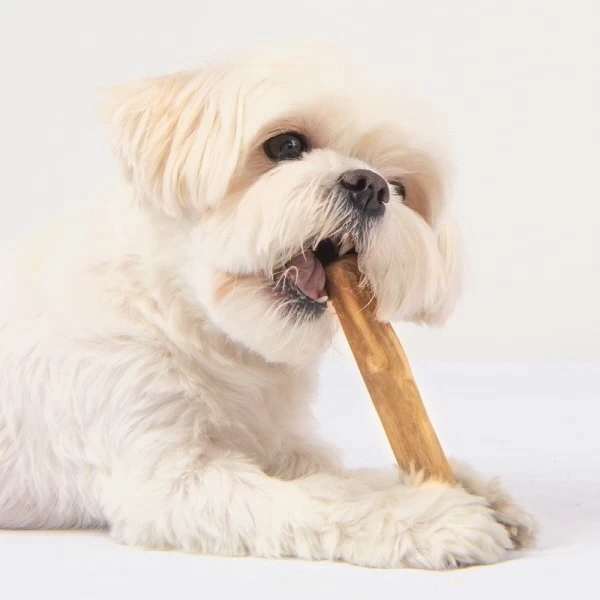A natural, clean, and economical solution for every household
Loofah fiber – the dried skeleton of mature luffa gourds – is enjoying a renaissance as a smart alternative to synthetic sponges: it scrubs effectively, exfoliates gently, and is fully biodegradable. Join us as we trace its journey from backyard trellis to the eco-friendly material taking over both kitchen and bathroom.
Loofah Fiber – From backyard garden to a sustainable green icon
Long ago, when daily life still moved in harmony with the rhythms of nature, sun-dried luffa gourds appeared in Vietnamese kitchens as a “magic scrubber” for pots and pans. Times have changed and man-made materials have risen to dominance, yet loofah has endured, evolving into a symbol of modern green living. This article walks you through that journey – from humble origins to the lasting benefits loofah offers both human health and the environment.

Natural loofah sponge
The roots of loofah: A rustic heritage in rural Vietnam
Luffa is a climbing vine in the Cucurbitaceae family that thrives in tropical and subtropical climates. In Vietnam, lush green trellises draping over wells and verandas have entered folklore and the memories of many generations. When young, the gourds make a sweet, cooling soup. Once fully mature, their shells dry and crack, revealing a dense, durable network of fibers. Our ancestors dried the gourds, shook out the seeds, peeled off the skin – and a natural scrubbing tool was born, saving money while up-cycling an agricultural by-product.
The loofah story is not just about farmers’ ingenuity. It also reflects an early Vietnamese mindset of reuse – turning what seemed like waste into useful items, easing the burden on nature long before “zero-waste” became fashionable.
From kitchen to bathroom: More versatile than you think
Hold a dry loofah pad and you’ll feel a rough surface strong enough to strip grease without scratching enamel cookware – a familiar scene in the kitchen. Yet once moistened and squeezed, the pad softens instantly, becoming a gentle exfoliator for the skin. The interwoven fibers lift away dead cells without irritation, boost circulation, and leave a fresh, invigorated feeling after every shower.
Designers have taken loofah further: shoe insoles, doormats, even handcrafted décor pieces. Each application taps the same trio of strengths – sturdy cross-linked fibers, breathability, and total biodegradability – qualities rarely found together in synthetic materials.

Washing a mug with a loofah sponge
Dual benefits: For your body and the planet
- Protects skin, pampers the body
Loofah removes dirt, excess oil, and dead cells, reducing clogged pores that cause folliculitis or back acne. Gentle massaging also promotes blood flow, offering natural relaxation without chemical products. - Cuts plastic waste
Synthetic sponges often shed microplastics that wash into waterways. Loofah, in contrast, returns to the earth at the end of its useful life, completing a perfect biological cycle. - Saves money in the long run
A single mature gourd yields a pad that can last for months; replacement costs are minimal – ideal for families aiming at minimalist consumption.
Care tips & Usage notes
- Rinse and air-dry after every use. Residual moisture invites bacteria and mold.
- Replace every 4 – 8 weeks depending on usage. When fibers soften, fray heavily, or develop odor, it’s time for a new pad.
- Separate functions: keep one pad for the kitchen, another for the bathroom to avoid cross-contamination.
- Sterilize weekly by boiling or soaking in salt or diluted vinegar to disinfect and deodorize.

Natural loofah bath set
Bridging tradition and modernity – A green message from a simple loofah pad
In a globalized world awash with shiny industrial products, the modest loofah reminds us that small, local materials can wield immense sustainable power. Choosing a loofah over a plastic sponge is a double act—protecting your own health while reducing the planet’s waste burden.
Choose loofah, choose green living. Normalizing tiny changes today lays the groundwork for a sustainable tomorrow. Are you ready to rethink your household scrubbing routine?





